 All Our Tours
All Our Tours
Written by: Alice Le
Updated date:30/07/2025
Contents
Cambodia is a land of wonder, attracting millions of visitors each year with its awe-inspiring temples, stunning landscapes, and rich culture. However, one recurring concern for travelers is safety. With a mix of bustling cities and rural charm, the country presents unique experiences and challenges.
This guide will address key safety aspects for all types of travelers, including female tourists, highlight areas requiring extra caution, and provide essential tips for a smooth and memorable journey for tourists.
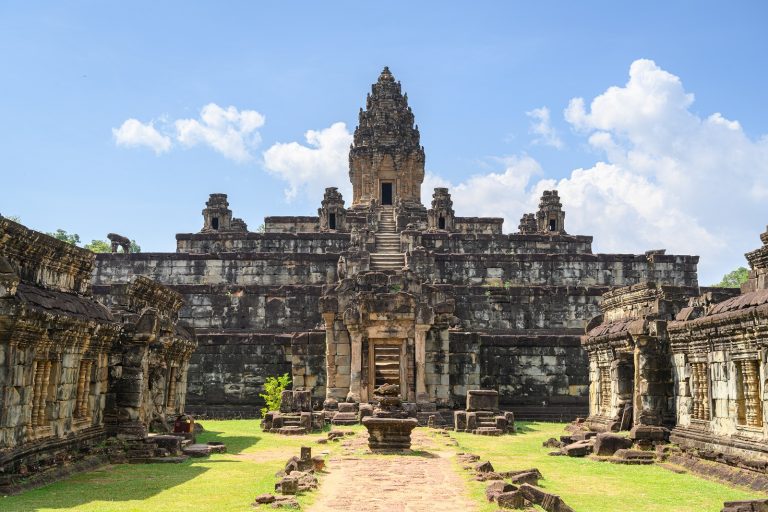
Is Cambodia Safe to Travel?
Cambodia is generally considered a safe destination for tourists. The country has made significant progress in tourism infrastructure and security over the past decade. However, as with any travel destination, exercising caution and staying informed about local customs and practices is vital.
Traveling solo as a female in Cambodia can be an enriching experience. It’s safe for female travelers to visit this country. The majority of Cambodians are warm, friendly, and welcoming so they are always available to help tourists, however, some situations may require extra vigilance.
Female travelers often find Cambodia welcoming, but being prepared and aware of your surroundings ensures a more enjoyable trip.
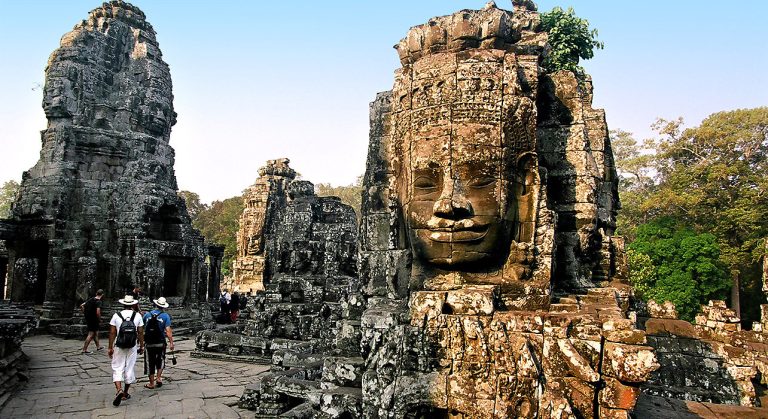
A Comprehensive Guide for Tourists
While Cambodia is mostly safe, specific regions or situations may pose risks. Here are a few areas where tourits should be more carefully:
Phnom Penh is a big city where bag snatching. This is the most common petty crime in the capital so travelers should keep their bags close to their bodies, and avoid using their phone openly on the street.
Once known for its beaches, Sihanoukville has undergone rapid development, leading to increased reports of scams and petty crimes. It’s better for tourists to stay alert in crowded areas and avoid leaving valuables unattended at the beach.
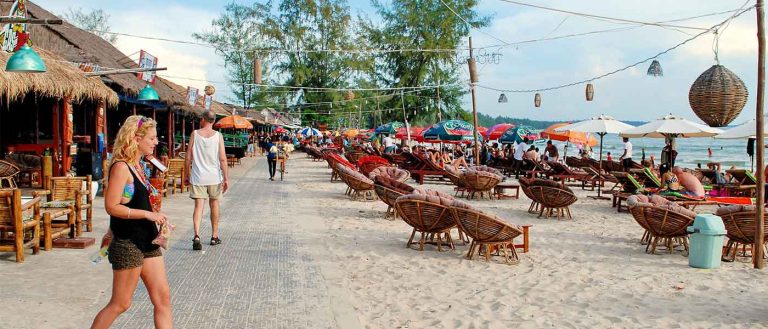
Is Cambodia Safe for Female Tourists?
This region still has hidden landmines so it is essential to stick to well-traveled routes. The area surrounding the Preah Vihear temple, also known as Khao Phra Viharn in Thailand, has had a territorial dispute between Cambodia and Thailand. This border region has witnessed occasional clashes between the militaries of the two countries, As a result, travelers are strongly advised against visiting the Preah Vihear temple and its immediate vicinity.
After several days of intense clashes along their shared border, Thailand and Cambodia agreed to hold peace talks in Malaysia on July 28, 2025, following four days of fighting, according to BBC News. Cambodian Prime Minister Hun Manet stated, “Today we had a very productive meeting with promising outcomes, aiming to bring an immediate end to the fighting that has resulted in significant loss of life, injuries, and the displacement of many people.” With this agreement, the situation along the Cambodian-Thai border is expected to stabilize, ensuring safety for tourists traveling in the area.
Cambodia’s unique currency system operates on a dual-currency system, where both the Cambodian Riel (KHR) and the US Dollar (USD) are commonly used. While the Riel is the official currency, USD is widely accepted across the country, especially in tourist areas and major cities like Phnom Penh and Siem Reap. When managing money in Cambodia, it’s important to carry small denominations, as many vendors and tuk-tuk drivers may not have enough change for large bills.
Cambodian Riel is typically given as change for transactions made in USD, so it’s useful to familiarize yourself with the exchange rate (approximately 4,000 KHR to 1 USD as of 2024). ATMs are readily available in urban areas and often dispense US Dollars, but for added security, it’s best to use ATMs located in major banks. While credit cards are accepted at upscale hotels, restaurants, and larger stores, cash remains the preferred method of payment in smaller establishments and for everyday transactions.
Getting around Cambodia is relatively straightforward, but the best mode of transportation depends on your specific travel plans, itinerary, and comfort level.

How to Get Around Cambodia
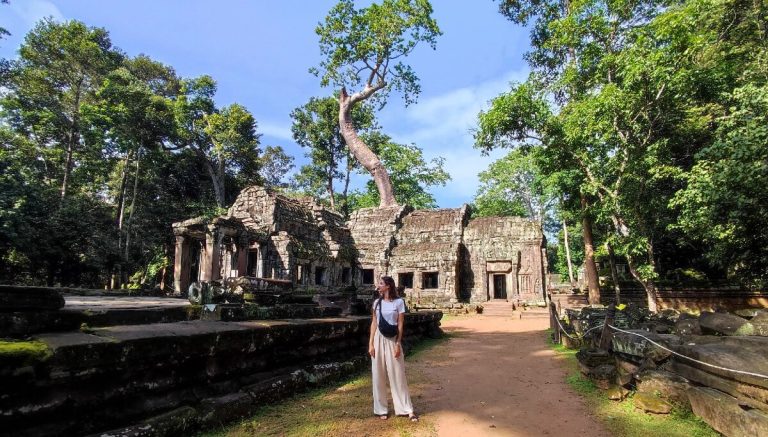
Pro Tips for Getting Around Cambodia
When traveling to Cambodia, respecting local customs and traditions is essential for a positive and rewarding experience. While Cambodians are generally welcoming and hospitable, understanding their culture can help you avoid misunderstandings and potential pitfalls.
Is Cambodia safe to travel? Yes, Cambodia is safe and offers a wealth of experiences for every traveler, from the iconic Angkor Wat to the bustling streets of Phnom Penh. By staying informed and taking necessary precautions, you’ll not only stay safe but also fully immerse yourself in the beauty and charm of this fascinating country.
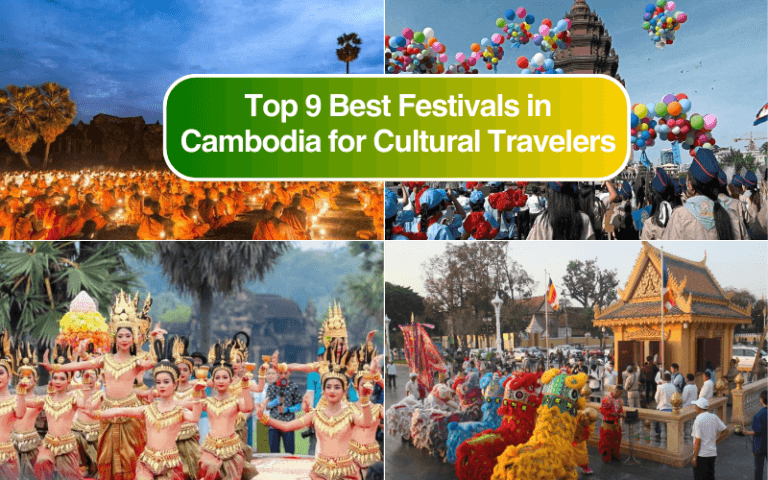
 29/12/2025
29/12/2025Explore top Festivals in Cambodia, from iconic celebrations like Khmer New Year to traditional events, offering travelers a unique window into the country’s rich traditions.

 18/12/2025
18/12/2025Discover Cambodia’s airport guide to choose the best airport for Angkor Wat, Phnom Penh, Siem Reap or the beaches, and plan a smooth, efficient journey.

 26/11/2025
26/11/2025Visiting Cambodia and Vietnam for stunning landscapes, vibrant cities, ancient temples, and UNESCO World Heritage sites is a complete travel experience for tourists.

 19/11/2025
19/11/2025The Golden Triangle is one of the most legendary travel destinations in Southeast Asia, known for its history, stunning river landscapes, and multicultural influence